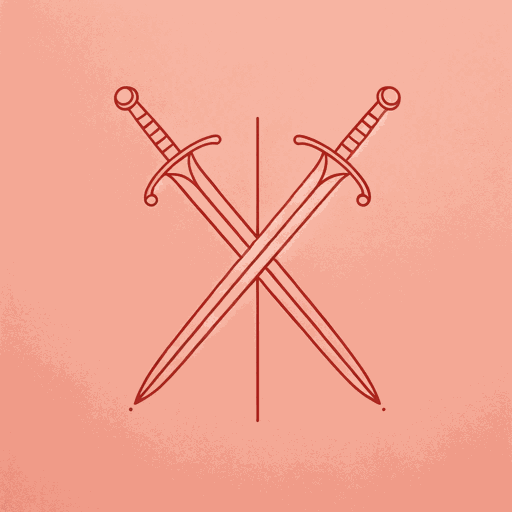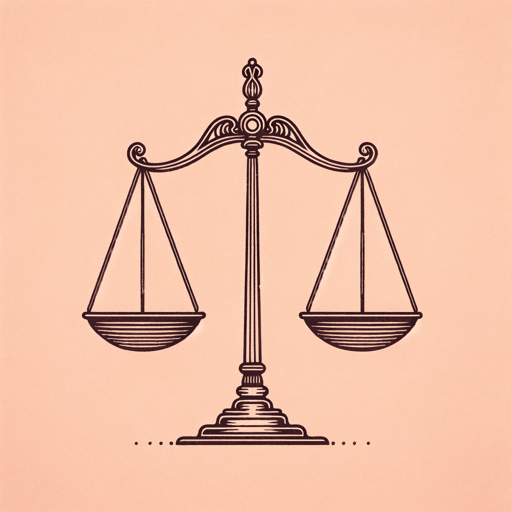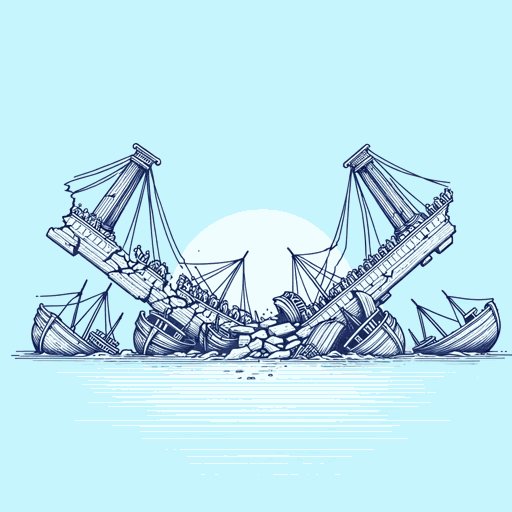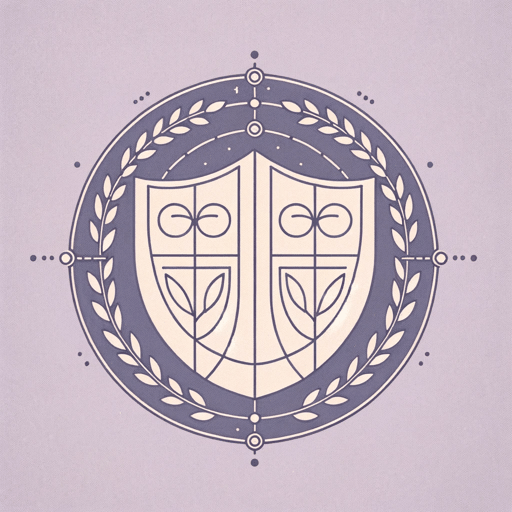38 pages • 1 hour read
AeschylusThe Libation Bearers
Fiction | Play | Adult | BCEA modern alternative to SparkNotes and CliffsNotes, SuperSummary offers high-quality Study Guides with detailed chapter summaries and analysis of major themes, characters, and more.
Background
Literary Context: Libation Bearers and the Oresteia
Libation Bearers is the second of the three tragedies that make up the ancient Greek trilogy known as the Oresteia. Aeschylus’s Oresteia was produced in 458 BCE at the dramatic competition of the City Dionysia, where it won the first prize. The three tragedies of Aeschylus’s Oresteia—Agamemnon, Libation Bearers, and Eumenides—dramatize the ancient Greek myth of the murder of Agamemnon and the aftermath of this crime. This trilogy is extremely important in ancient Greek literary history because it is the only Greek trilogy that has survived intact. In ancient Greek dramatic competitions, tragedians always presented four plays (that is, a “tetralogy”). Usually, these four plays included three tragedies (a “trilogy”) followed by a kind of comical burlesque known as a satyr play. The satyr play performed with the Oresteia, Aeschylus’s Proteus, is unfortunately lost, but all three tragedies can still be read today.
Agamemnon, the first part of the Oresteia, depicts the murder of Agamemnon at the hands of his wife Clytaemestra and her lover Aegisthus. In Aeschylus’s tragedy, Clytaemestra has not forgiven Agamemnon for sacrificing their daughter Iphigenia to Artemis in exchange for a wind to carry his fleet to Troy. She waits 10 years for Agamemnon to conquer Troy, and when he comes home at last she gives him a warm welcome, coaxes him into the palace, and then kills him and his concubine—the Trojan princess Cassandra—with the help of Aegisthus.
Related Titles
By Aeschylus
Featured Collections
Ancient Greece
View Collection
Books on Justice & Injustice
View Collection
Challenging Authority
View Collection
Family
View Collection
Hate & Anger
View Collection
Mothers
View Collection
Mythology
View Collection
Power
View Collection
Revenge
View Collection
Tragic Plays
View Collection







